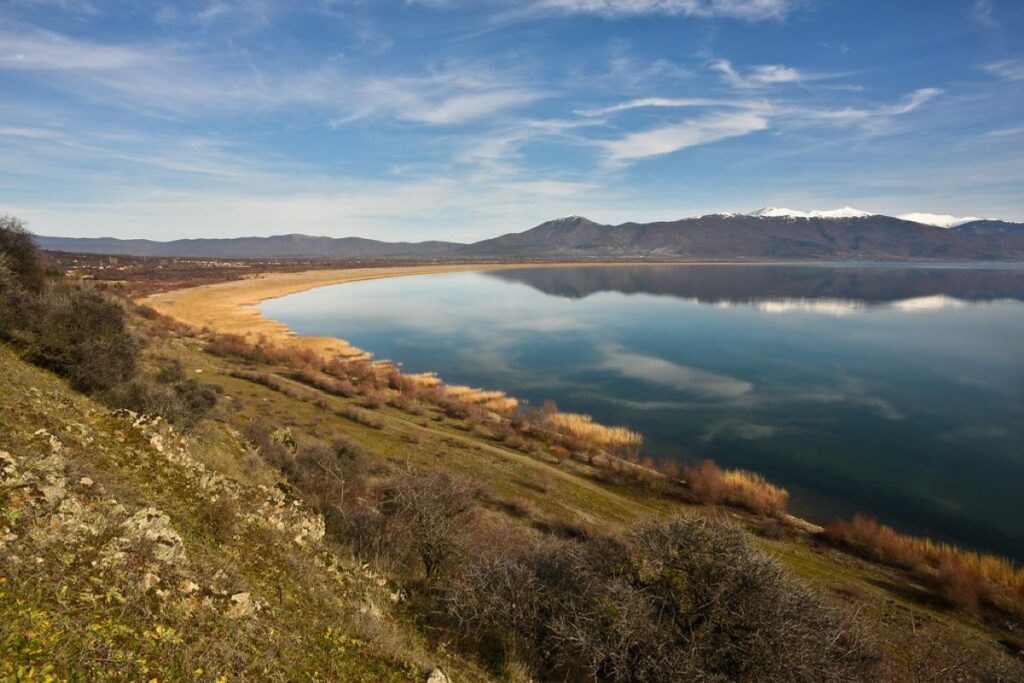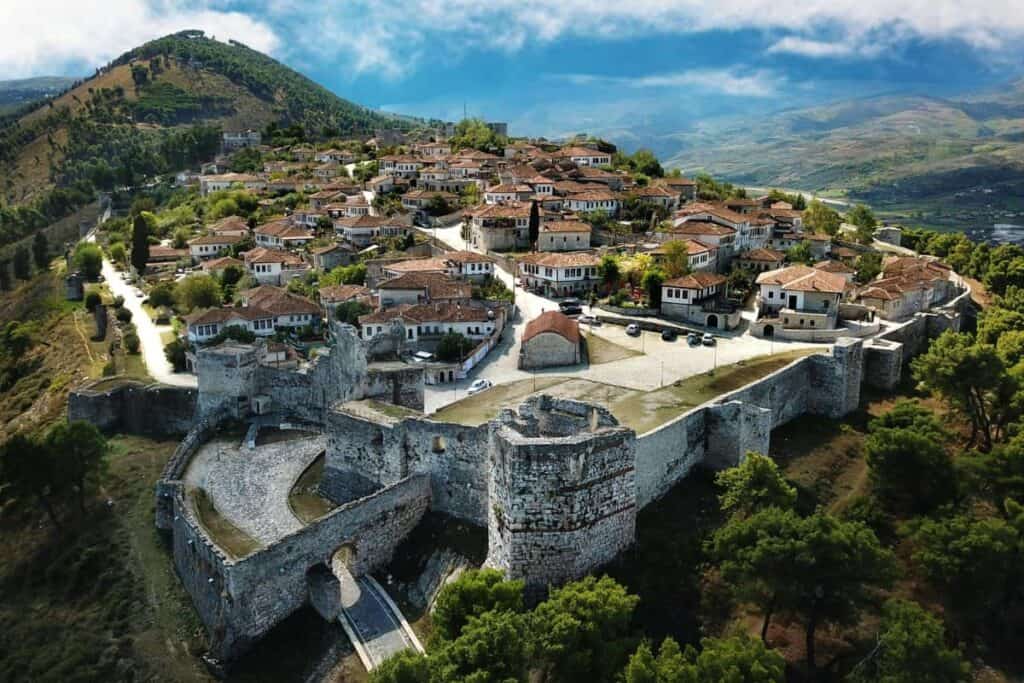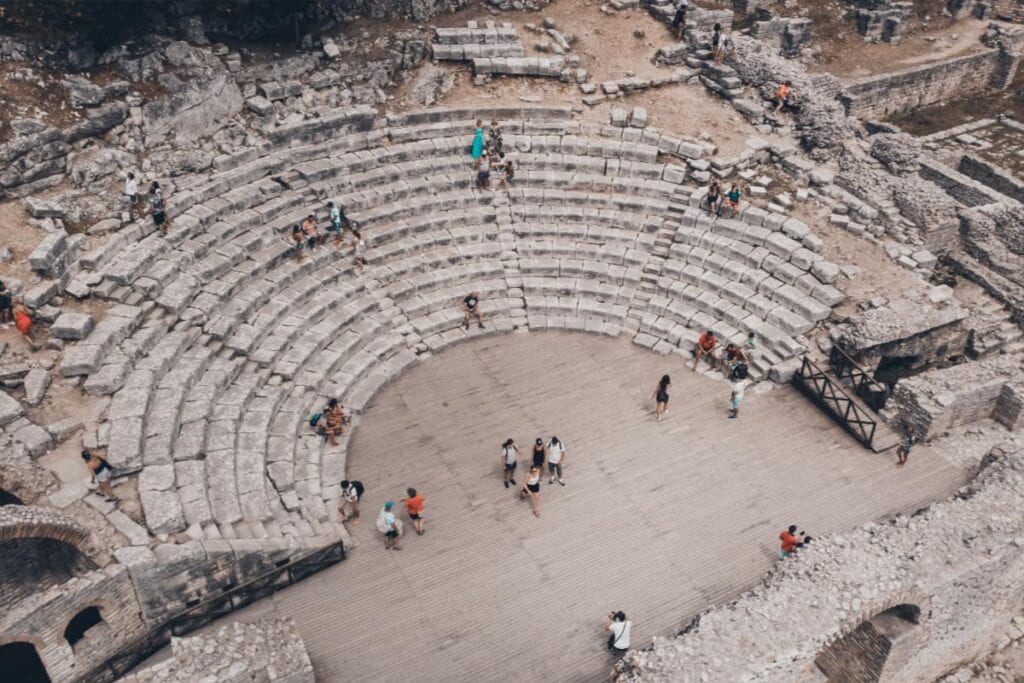Tucked away in Albania’s southeastern corner, Prespa National Park is a pristine natural treasure shared with neighboring Greece and North Macedonia. Covering over 27,750 hectares, the park is home to two magnificent lakes—Great Prespa Lake and Small Prespa Lake—and boasts one of the richest ecosystems in the Balkans.
Beyond its natural beauty, Prespa National Park offers a glimpse into a world where nature, history, and culture seamlessly coexist. From ancient ruins to diverse wildlife, this hidden gem is a must-visit destination for eco-tourists, adventurers, and history buffs.
A Glimpse Into Prespa’s History
1. Ancient Civilizations
The Prespa region has been inhabited since prehistoric times. Archaeological evidence, including tools, pottery, and cave dwellings, suggests that early humans settled along the lake shores thousands of years ago.
- Great Prespa Lake: Known as the largest lake entirely within the Balkans, it has been a source of sustenance and trade for millennia.
- Small Prespa Lake: Smaller but equally significant, this lake is connected to Great Prespa Lake and is rich in cultural and historical landmarks.
2. Medieval Influence
Prespa gained prominence during the Byzantine era when it became a vital spiritual and cultural hub. Numerous monasteries and hermitages were built along the lake shores and on its islands, many of which still stand as silent witnesses to the past.
- Monastery of St. Mary (Maligrad Island): Built in the 14th century, this monastery sits on Maligrad Island in Great Prespa Lake. It is renowned for its Byzantine frescoes and serene atmosphere.
- Cave Churches: Hidden along the rocky shores of both lakes, these churches were carved by hermits and monks seeking solitude and spiritual connection.
3. Ottoman and Modern Times
During the Ottoman Empire, the Prespa region remained a rural retreat. The lakes provided food and water, while the forests offered shelter to local communities.
In modern times, Prespa has been recognized for its environmental and cultural significance, leading to its designation as a transboundary protected area. The collaboration between Albania, Greece, and North Macedonia to preserve the park is a shining example of international environmental cooperation.
Why Visit Prespa National Park?
1. Unique Biodiversity
Prespa National Park is a biodiversity hotspot, home to:
- 1,500 plant species, many of which are rare or endemic.
- Over 270 bird species, including the iconic Dalmatian pelican and Pygmy cormorant.
- Mammals such as brown bears, wolves, and lynxes, which roam the surrounding forests.
2. Stunning Landscapes
From the crystal-clear waters of the lakes to the rolling hills and rugged cliffs, Prespa’s landscapes are breathtaking in every season.
3. Rich History and Culture
Explore ancient ruins, monasteries, and traditional villages that showcase the cultural heritage of the region.
4. Outdoor Activities
The park offers a range of activities, including hiking, birdwatching, kayaking, and cycling.
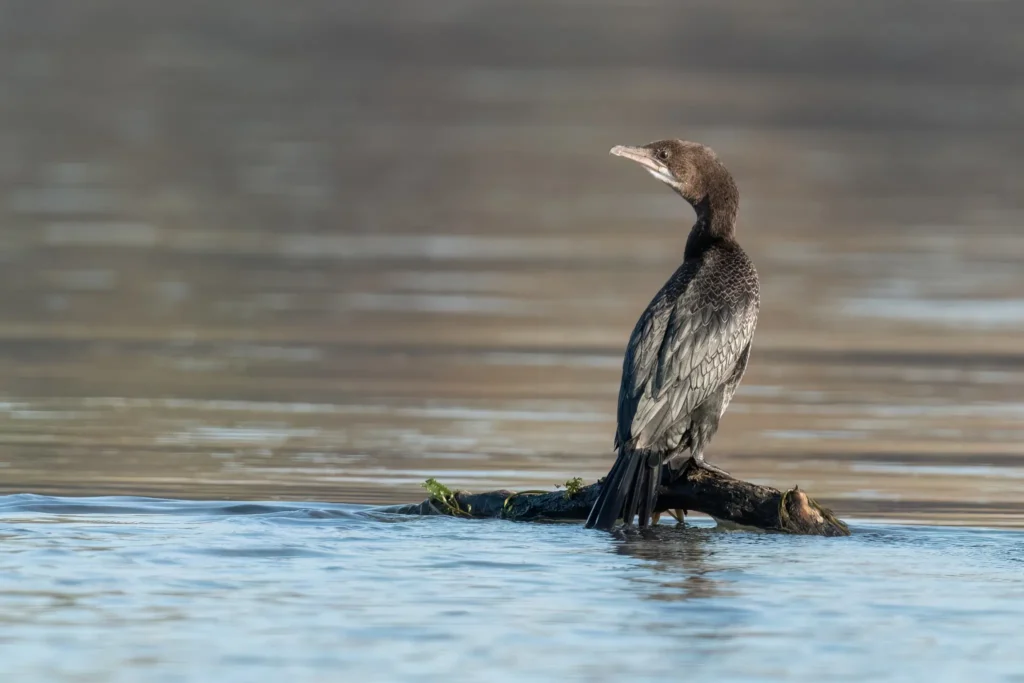
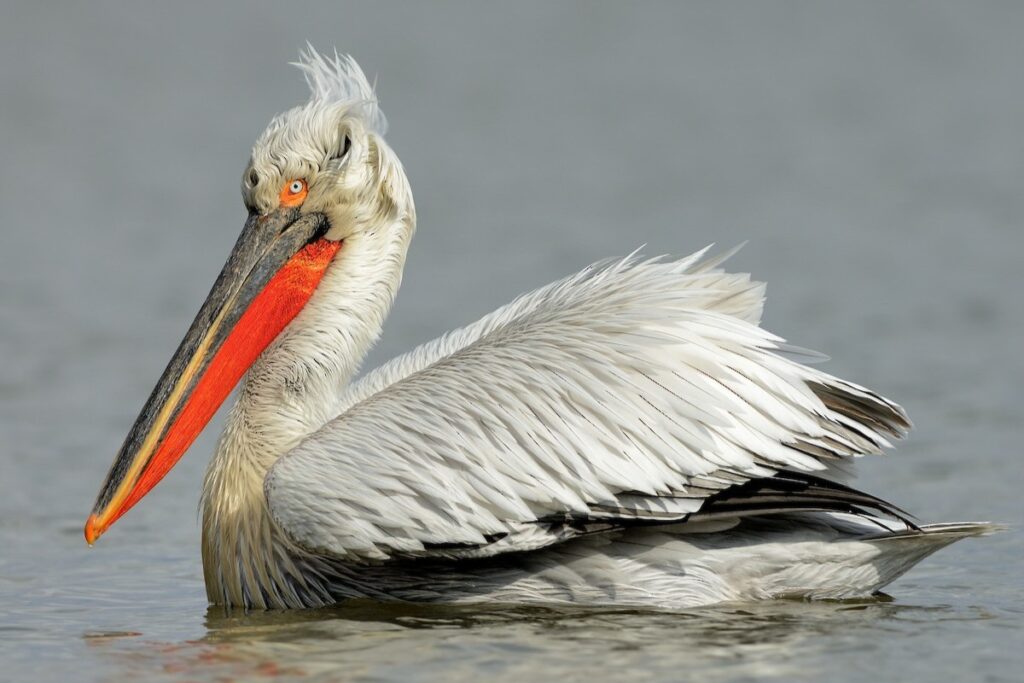
Top Attractions in Prespa National Park
1. Great Prespa Lake
- What It Is: The largest lake in Prespa, shared by Albania, Greece, and North Macedonia.
- Why Visit: Its tranquil waters and surrounding mountains create a serene escape for nature lovers.
2. Small Prespa Lake
- What It Is: A smaller lake connected to Great Prespa Lake, known for its rich biodiversity.
- Why Visit: The lake is a birdwatcher’s paradise, offering sightings of rare and migratory species.
3. Maligrad Island
- What It Is: A small island on Great Prespa Lake, home to the Monastery of St. Mary.
- Why Visit: The island is a spiritual and historical treasure, accessible by boat from the lakeshore.
4. Cave Churches
- What They Are: Byzantine-era churches carved into the rocky shores of the lakes.
- Why Visit: These hidden gems offer a unique glimpse into the region’s spiritual history.
5. Traditional Villages
- What They Are: Villages like Zaroshkë and Gorica e Vogël offer a taste of traditional Albanian life.
- Why Visit: Meet friendly locals, sample regional cuisine, and explore charming stone houses.
Activities in Prespa National Park
1. Birdwatching
- Prespa is one of Europe’s most important bird habitats, with highlights including Dalmatian pelicans, white storks, and herons.
2. Hiking and Nature Walks
- Explore trails that wind through forests, hills, and along the lakeshores. Popular routes include the path to Maligrad Island and trails in the Galičica Mountain Range.
3. Kayaking and Boating
- Paddle through the calm waters of the lakes to fully appreciate their beauty and spot wildlife up close.
4. Cultural Tours
- Visit ancient monasteries, cave churches, and historical villages to learn about Prespa’s rich heritage.
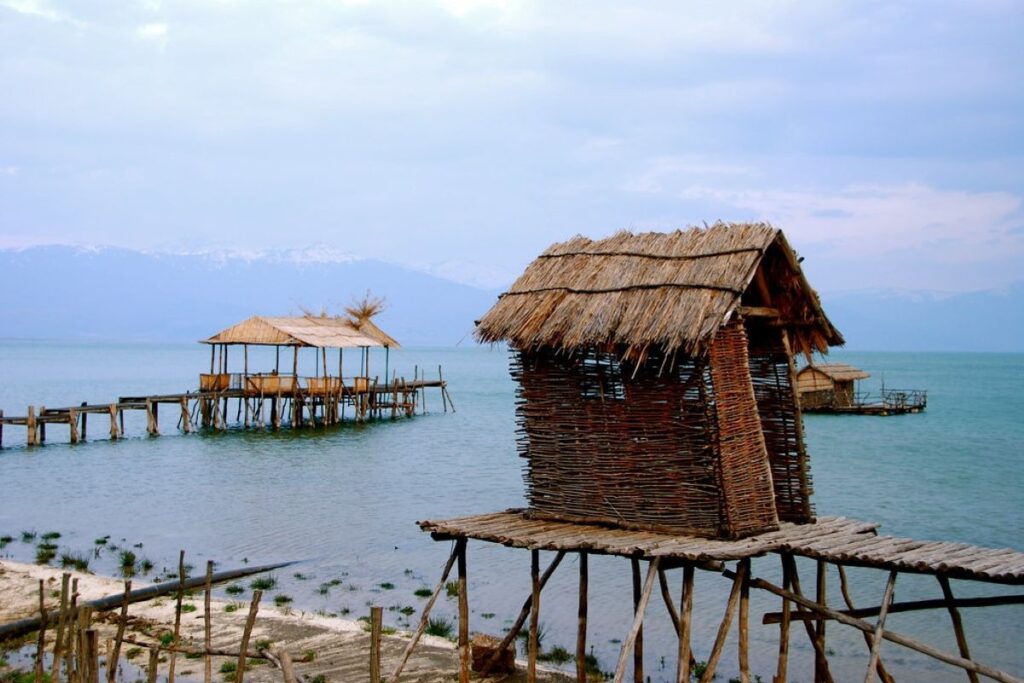
Seasonal Highlights
- Spring: Watch the landscape come alive with blooming wildflowers and migrating birds.
- Summer: Enjoy water-based activities like kayaking and swimming.
- Autumn: Marvel at the vibrant fall colors that transform the park.
- Winter: Experience a peaceful retreat as the park is blanketed in snow.
How to Visit Prespa National Park
Location: Prespa National Park is in southeastern Albania, bordering Greece and North Macedonia.
Getting There:
- By Car: The park is about 150 kilometers southeast of Tirana, accessible via scenic mountain roads.
- By Bus: Public transportation connects nearby towns like Korçë to the park.
Accommodations:
- Stay in nearby towns like Korçë or Pustec, which offer guesthouses and small hotels.
- Camping is also an option for adventurous travelers.
Prespa’s Role in Environmental Conservation
Prespa National Park is part of the Prespa Transboundary Biosphere Reserve, a collaborative effort between Albania, Greece, and North Macedonia to protect the region’s unique ecosystem. Initiatives focus on:
- Habitat Preservation: Protecting wetlands, forests, and meadows that support diverse wildlife.
- Community Engagement: Involving local communities in sustainable tourism and conservation efforts.
Why Prespa National Park is a Must-Visit
Prespa National Park is a destination that offers something for everyone. Its serene lakes, ancient landmarks, and diverse wildlife create an unforgettable experience for visitors. Whether you’re paddling across Great Prespa Lake, exploring the frescoed walls of St. Mary’s Monastery, or simply soaking in the peaceful atmosphere, Prespa invites you to reconnect with nature and history.
For travelers seeking a hidden gem off the beaten path, Prespa National Park is the perfect choice.
